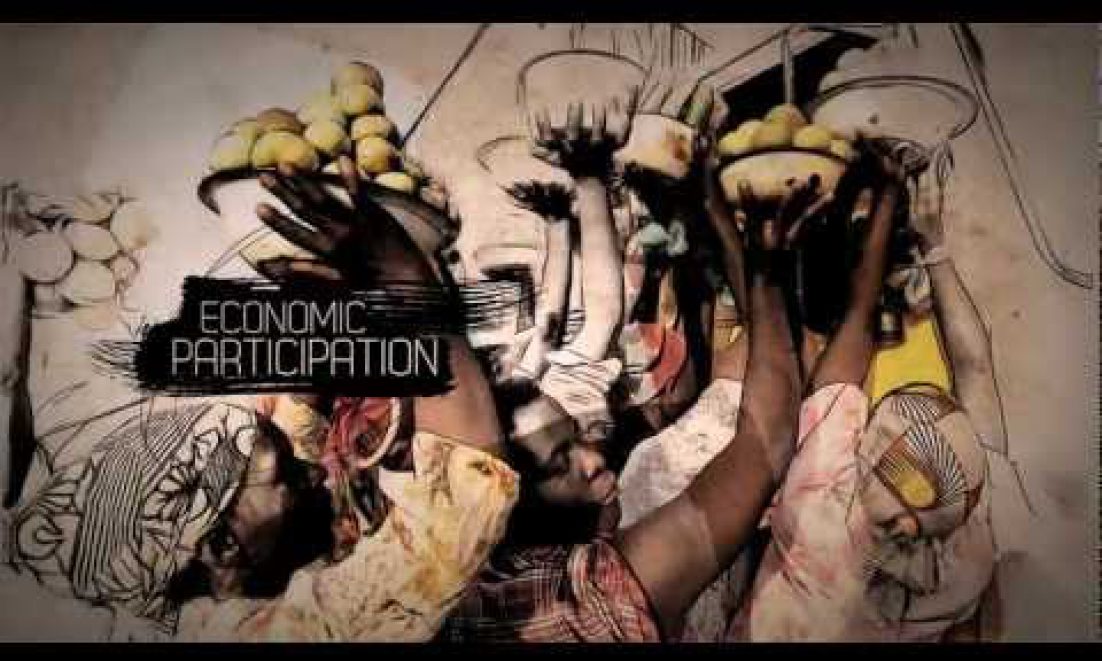I’ve long been interested in the culture of villages, particularly as it pertains to my Croatian background. Although our “peasants” have often been caricatured as close-minded and backward, they are the keepers of our heritage, its arts, crafts and traditions. Their farming practices, honed over centuries, have helped to preserve a wide range of native crops and some wild varieties.
On my last visit to Croatia I made a pilgrimage to my great-grandmother’s house in Praputnjak, a small village in the hills overlooking the port city of Bakar. The new owner knew my family well and invited me in to see the old house. He proudly showed me the improvements he’d made and asked me to stay for a bit.
I admitted I’d come, not just to see the old house, but to find the boutique winery I heard still produced the original Bakarska Vodica that my great-grandmother Vilka was famous for making. Bakarska Vodica is a light sparkling wine made from grapes grown only in that part of Istria. It turned out the producer lived next door. He was delighted to see me and reminded me we’d played together as children. I got an amazing tour of his small, immaculately kept vineyard. He explained he had reintroduced the old Belina grape variety originally used in the region to give the wine its famous distinctive flavor.
What you might ask does this have to do with respecting indigenous knowledge? I believe my personal experience is a microcosm of a trend taking place in rural communities around the world. People are becoming skeptical of the scientific methods of production that degrade and pollute the environment and result in tasteless food of inferior quality and nutritional value. Consequently, people are investigating the old indigenous ways of growing food that evolved over thousands of years and developed and nourished a rich local biodiversity.
For those of you interested in this emerging trend, there is a fascinating article in “The Shillong Times” about a mapping project taking place in 32 villages in the Meghalaya and Nagaland regions of India. The project was undertaken by the North East Slow Food and Agrobiodiversity Society (NESFAS) to document the biodiversity of the region and to strengthen the indigenous food system.
